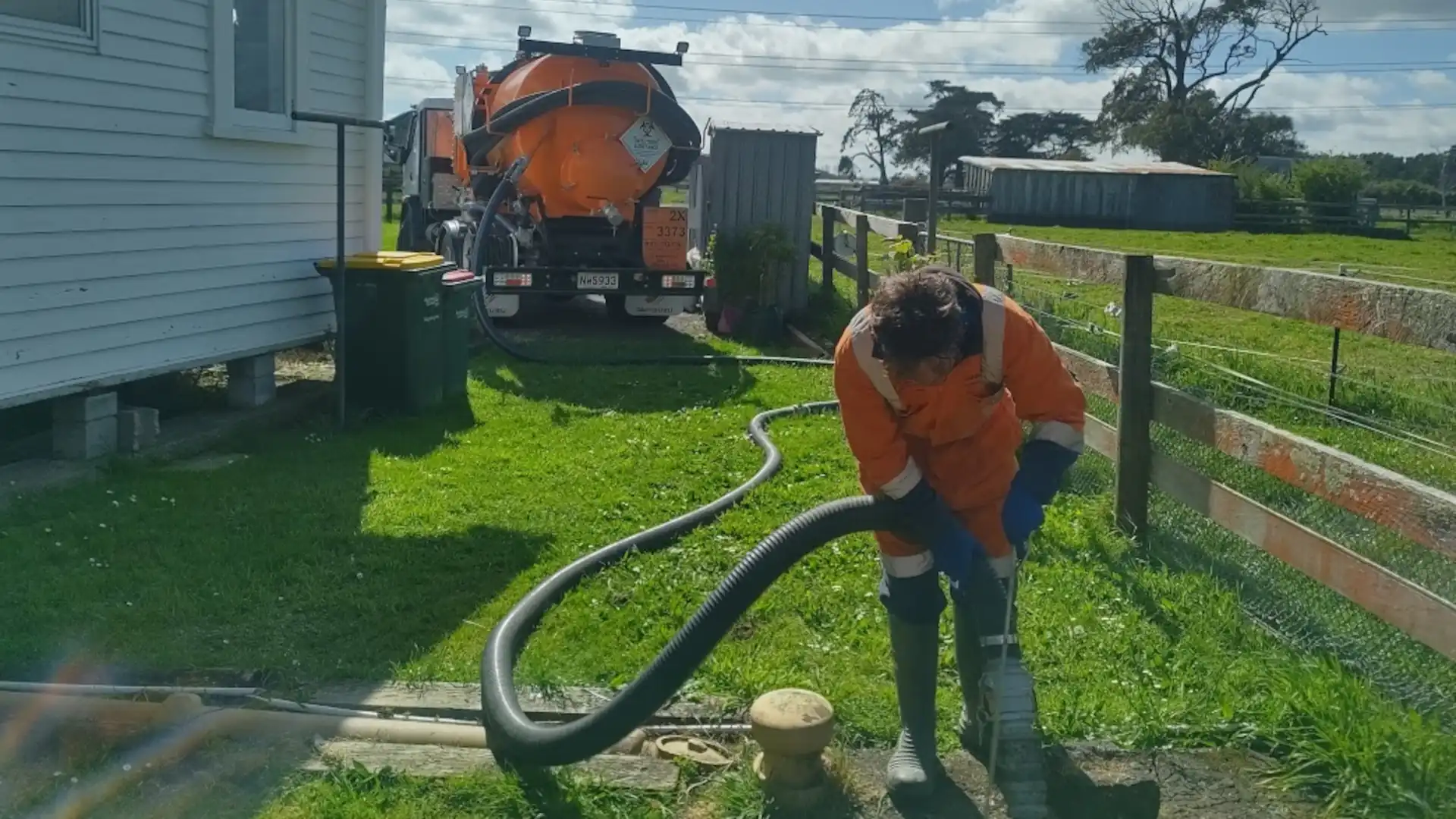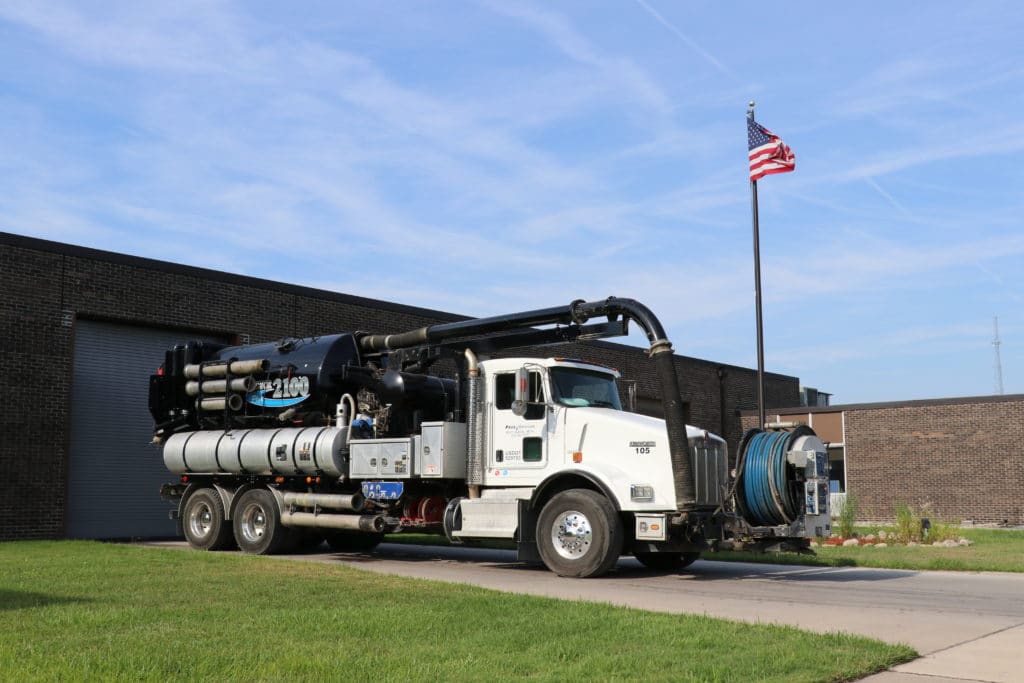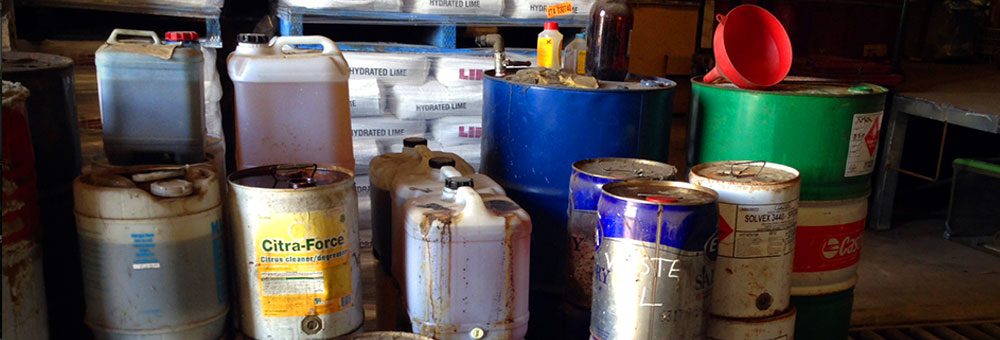Industrial Wastewater Treatment: Advanced Techniques for Effective Monitoring
Industrial Wastewater Treatment: Advanced Techniques for Effective Monitoring
Blog Article
Just How Fluid Waste Disposal Functions: A Detailed Overview of Strategies and Technologies Utilized

Review of Fluid Waste Kind
The intricacy of fluid waste kinds requires a comprehensive understanding of their characteristics and implications for disposal. Fluid waste can generally be categorized right into numerous types, consisting of commercial, local, farming, and contaminated materials. Each classification exhibits distinct properties, requiring particular management methods to mitigate ecological and health and wellness threats.
Industrial liquid waste originates from producing processes and often has an array of impurities, such as heavy steels, solvents, and natural compounds. Metropolitan liquid waste, primarily consisting of wastewater from families and commercial facilities, contains raw material, nutrients, and microorganisms (industrial wastewater treatment). Agricultural fluid waste, including runoff from ranches, may consist of fertilizers, chemicals, and animal waste, posing dangers to water quality and ecological communities
Harmful liquid waste is defined by its toxicity, sensitivity, or possible to trigger injury. This classification consists of compounds like acids, bases, and particular chemicals that require strict handling and disposal methods. Comprehending these varied liquid waste kinds is essential for creating efficient disposal methods and making certain conformity with ecological laws. Correct classification and characterization are necessary for applying proper treatment methods and minimizing the unfavorable effect on public health and wellness and the atmosphere.
Physical Therapy Approaches

Screening is the first action, where bigger particles and particles are gotten rid of from the liquid waste using displays or grates. This procedure secures downstream equipment from damage and makes certain smoother operation. Complying with screening, sedimentation utilizes gravitational pressure to different solids from liquids. In sedimentation storage tanks, larger bits settle at the bottom, creating a sludge layer, while the cleared up liquid can be further dealt with.
Filtering is another essential approach that includes passing the fluid with porous materials, such as sand or membranes, to catch smaller sized fragments. This step improves the high quality of the fluid, making it ideal for succeeding therapy procedures.

Chemical Therapy Techniques
Chemical therapy techniques are crucial for effectively managing liquid waste, especially in dealing with liquified and colloidal contaminants that physical techniques may not adequately remove. These techniques use numerous chemical agents to reduce the effects of, precipitate, or transform dangerous compounds into less hazardous forms.
One typical technique is coagulation and flocculation, where chemicals such as alum or ferric chloride are included in promote the gathering of put on hold particles. This process boosts sedimentation, permitting less complicated removal of the resulting sludge. In addition, oxidation procedures, using representatives like chlorine or ozone, are utilized to break down complex organic compounds and virus, providing the waste safer for discharge or additional therapy.
Neutralization is one more important strategy, which adjusts the pH of acidic or alkaline waste streams to neutral degrees, avoiding potential injury to downstream systems and the atmosphere. Moreover, advanced oxidation procedures (AOPs) use mixes of oxidants and ultraviolet light to weaken persistent pollutants, achieving a higher level of treatment efficiency.
Biological Therapy Procedures
Organic therapy procedures play a crucial role in the management of fluid waste by making use of microorganisms to decompose organic issue and lower pollutant degrees. These processes can be broadly categorized into cardio and anaerobic therapies, each employing details microbial communities to attain reliable waste degradation.
Cardio treatment includes using oxygen to promote the breakdown of natural products by bacteria. This procedure is commonly implemented in turned on sludge systems, where aeration storage tanks give a conducive atmosphere for microbial development, leading to the oxidation over at this website of natural contaminants. The resultant biomass can be divided from dealt with effluent through sedimentation.
On the other hand, anaerobic therapy happens in the lack of oxygen, relying upon different germs to break down raw material. This method is specifically advantageous for high-strength waste, as it generates biogas, a sustainable power resource, while lowering sludge production. Technologies such as anaerobic digesters are regularly employed in community and industrial applications.
Both aerobic and anaerobic biological treatments not only reduce the ecological effect of fluid waste but likewise help with resource recuperation, making them essential components of lasting waste management methods. Their adaptability, efficiency, and performance sustain their prevalent implementation across different fields.
Emerging Technologies in Disposal
Innovative approaches to fluid waste disposal are quickly advancing, driven by improvements in innovation article source and a boosting emphasis on sustainability. Among these arising modern technologies, membrane bioreactors (MBRs) have obtained grip for their capability to combine biological treatment with membrane filtration, resulting in top notch effluent that can be recycled in numerous applications. MBRs make it possible for smaller sized impacts and extra reliable procedures contrasted to standard systems.
An additional encouraging growth is making use of anaerobic digestion combined with nutrient recovery innovations, which not only treats liquid waste but likewise generates biogas and recovers important nutrients like nitrogen and phosphorus. This dual benefit improves resource performance and decreases ecological influence.
Furthermore, advanced oxidation procedures (AOPs) are being embraced for the degradation of complicated organic pollutants. These approaches use effective oxidants and drivers to check out this site damage down pollutants at the molecular level, offering a very effective remedy for challenging waste streams.
Additionally, the integration of expert system and artificial intelligence in waste monitoring systems is enhancing operational performance and anticipating maintenance, causing lowered costs and enhanced ecological conformity. These technologies show a considerable shift in the direction of more reliable and lasting liquid waste disposal practices.
Verdict
In final thought, efficient fluid waste disposal necessitates an extensive understanding of different strategies and technologies. By continuously advancing these approaches, it comes to be feasible to resolve the expanding difficulties connected with liquid waste, inevitably adding to environmental protection and source healing.
Liquid waste disposal is an important aspect of environmental management, requiring a comprehensive understanding of numerous strategies and innovations customized to various waste kinds. Liquid waste can extensively be categorized right into several types, including industrial, community, farming, and harmful waste. Agricultural fluid waste, consisting of drainage from farms, may include fertilizers, pesticides, and animal waste, posing risks to water quality and communities.
Various physical therapy approaches play a critical duty in taking care of fluid waste efficiently - industrial wastewater treatment.In final thought, effective fluid waste disposal demands a detailed understanding of different techniques and technologies
Report this page